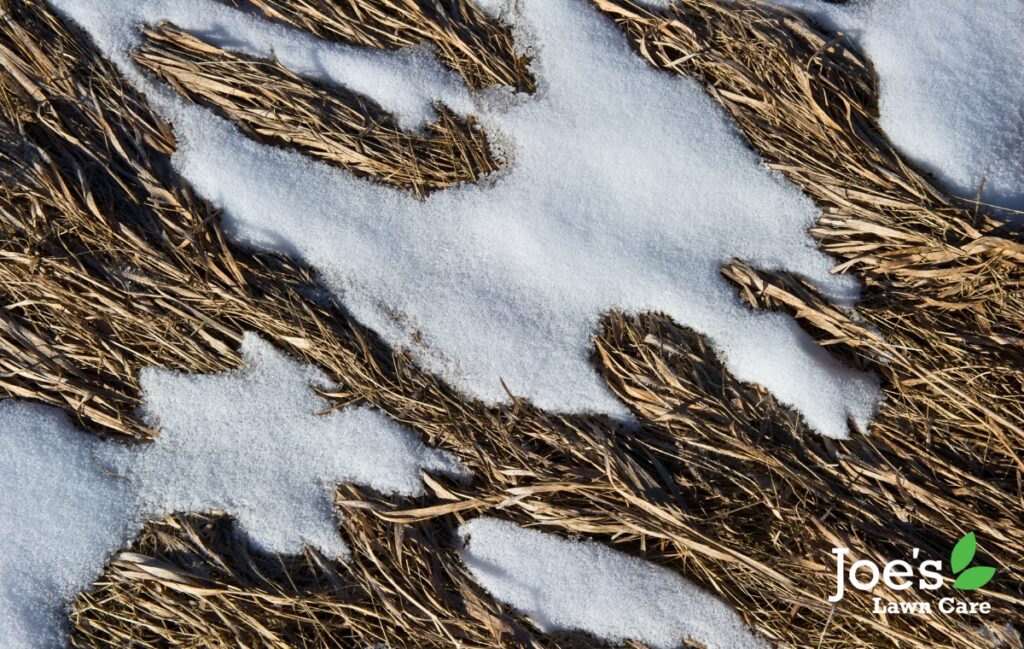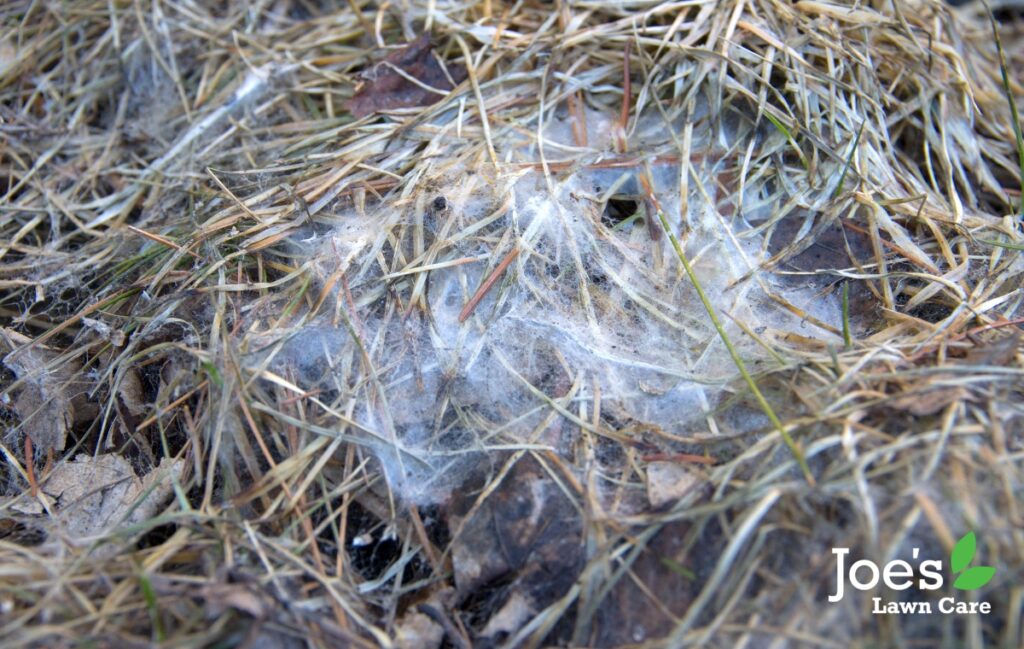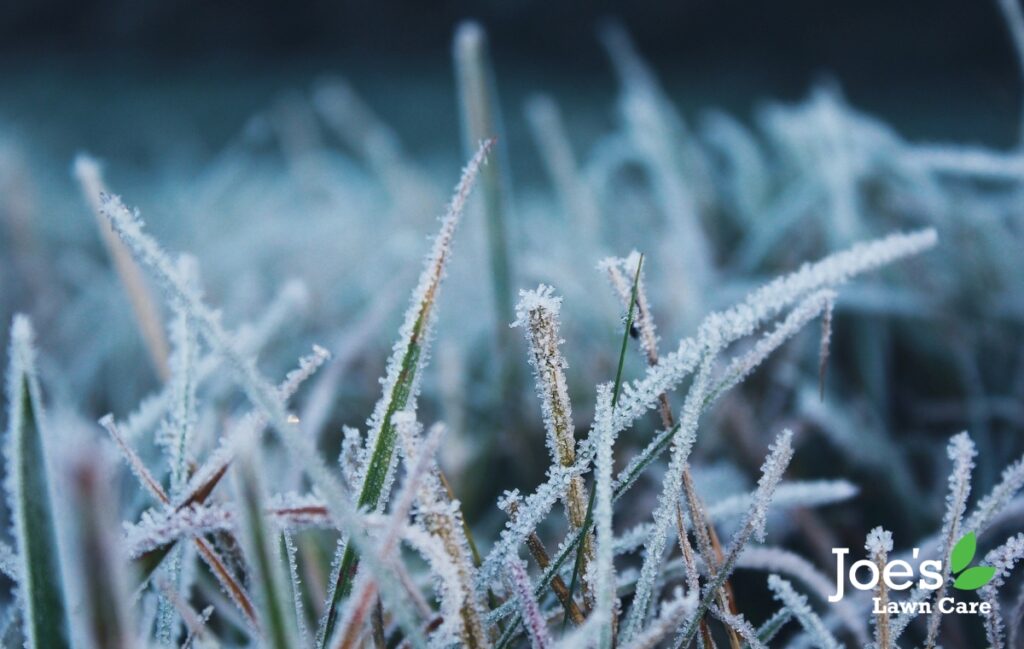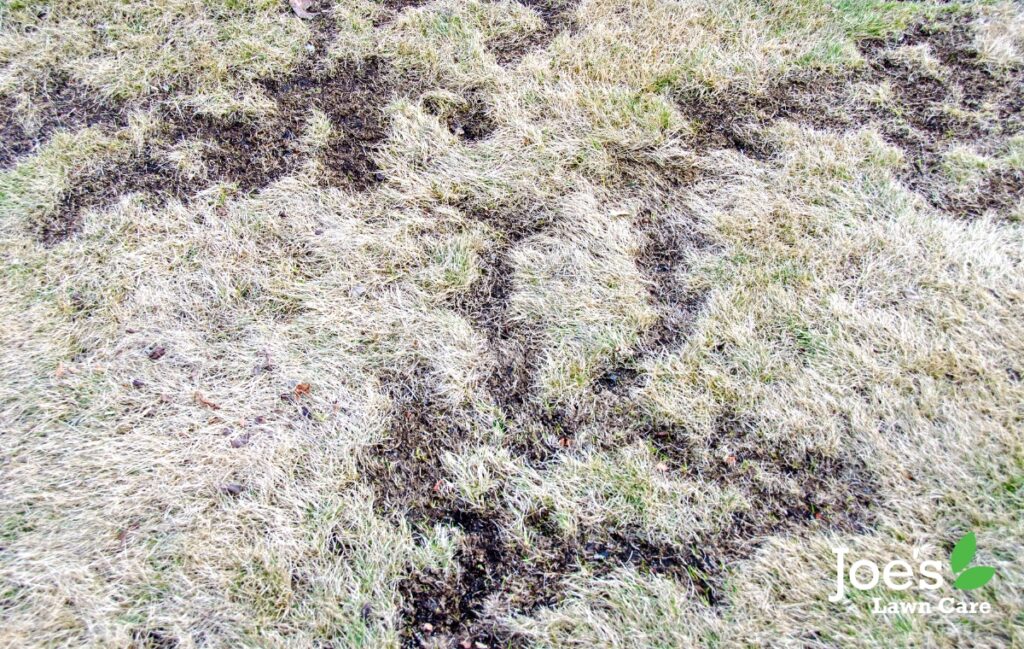Your grass might die this winter now that winter has arrived. You can see it in the frozen windscreens, feel it in your numb fingertips and almost taste it every time you exhale a frosty breath, like an icy dragon. But, as always, winter won’t last forever and in a few months, when the big freeze is finally over, you’ll start to see the trees burst to life and the foliage in your garden begin sprouting new green leaves. But what if your lawn doesn’t follow suit? Yeah, this could just be a reality, find out how you can avoid the winter kills for this season.
That’s because these winter months usher in the harshest conditions of the year for your poor old grass, and so there’s a bunch of reasons why certain patches of your grass might die come spring. Collectively, it’s what us lawn care technicians refer to as winter kill, a term that refers to any serious damage (or death) caused to a lawn during the winter.
The good news is: winter kill very, very rarely takes out an entire lawn. The bad news is: patches of dead grass are bad enough, so it’s important you know how to spot the primary signs of winter kill, which are usually patches of brown or bare lawn that haven’t returned to their former glory despite the rest of your lawn changing back to that healthy green.
Thankfully, most cold-weather turf types are pretty resilient, strong and hardy. That said, even the harshest of winters can ruin the healthiest of lawns and, as unforgiving as it may seem, it can take months and months for some dead patches to recover from the dreaded winter kill. In some instances, they may not have the strength to do it on their own, in which case you’ll need to reseed those bald spots and hope for the best.
So without further ado, here are the most common ways your grass might die this winter and how to avoid it this cold season:

Reason No1: Cold Desiccation
The most epic thing about most turf grass is that they can survive almost any range of temperature, from extreme draughts to deep snowfall. In fact, snow is actually a blessing in winter because that white snowy blanket actually doubles up as an insulator (who knew, right?!). However, there is one specific condition that even the toughest of grass tends to struggle against, and that’s grass exposed to the cold conditions of winter. That’s because your grass plants will continually transpire, losing much-needed moisture and oxygen to the cold well after the ground is frozen solid. And because the roots are also frozen, they can’t replace the moisture that’s been sapped by the cold, dry winds, leaving your grass plants to suffer what we call “cell death” or worse, such as the death of your plant crowns.
What to do:
The best thing you can do is pop the kettle on, pick up that book you received two Christmases ago and wait with patience to see if your grass returns to health come growing season. If the damage is relatively small, you’ll find your grass either recovers or the surrounding grass fills it in. If the damage is more widespread, you’ll probably need to reseed any dead areas to bring them back to full health and create a lovely lawn again.

Reason No2: Snow Mould
Snow falling on frozen ground is not the problem. Snow falling on ground that isn’t yet frozen is the problem. That’s because this combination of moist conditions will harbour a variety of fungal diseases that we collectively refer to as snow mould. Spotting the signs during winter months is hard though, which is part of the problem; a problem you won’t fully understand until the spring, when your lawn has fuzzy areas or crusty patches, usually pink or grey, covering certain areas of your garden. Thankfully, in most cases snow mould tends to disappear with the warmer sun and wind drying out your lawn. However, if your lawn has been infected with snow mould for longer than you realised, any infected grass could well die. Luckily, even the worst case scenario will see your grass recover naturally in time.
What to do:
If there’s debris from winter stills scattered across your lawn, dust off your rake, get rid of what you can see and, in turn, you’ll also improve the air circulation to your grass roots, which is so important. Once you’ve done this, call in the heavy guns to a) scarify your lawn and b) aerate it so that there’s an adequate amount of ventilation to get rid of any lasting effects from the snow mould.

Reason No3: Frozen Crowns
You know when the weather turns and it suddenly goes from warm and moist to absolutely freezing? Well, that’s when your grass crowns are in trouble, quickly freezing the water inside and then rupturing as they expand. It’s one of the most common reasons why patches of grass can appear dead come spring. It also tends to happen more toward the end of winter, sometimes even early spring, when that unexpected frost just drops in between warm days, freezing the moisture in your crowns so fast that their cell walls rupture and the plant dies.
What to do:
We hate being the bearers of bad news, but there’s not a lot you can do to stop grass crowns from freezing (unless you have the ability to control the weather, that is). The only thing you can really do is opt for cool-season grass, as this is a lot more resilient to colder weather. As for repairing widespread damage, all you can do is reseed.

Reason No4: Vole Damage
Come spring, if you’re looking at your lawn with a quizzical face, wondering what the heck caused the narrow, meandering bands of dead grass in your lawn, the answer can only be one thing: voles. The damage they cause is one of the most identifiable forms of winter kill, leaving dead trails throughout your grass, showing you exactly where the invasion of voles have almost-totally eaten away your grassroots.
What to do:
Vole damage might sound bad, but these trails tend to be filled again by the surrounding grass as your lawn grows new roots and shoots. Of course, like any widespread damage, you might have to reseed in order to completely restore your lawn. As for preventing this kind of vole invasion,the best thing you can do is remove any debris from your lawn, such as dead grass and fallen leaves, as this kind of organic matter is the perfect shelter for voles come winter.
Preventing Winter Kill
We can’t stress this enough: whether you’re worrying about the ways your grass might die this winter, or a mid-summer heatwave, your best defence is to keep your grass healthy with a well-maintained lawn care routine. Fertilise your grass in early spring and again in the autumn, book in a spot of aeration, keep on top of your scarification and do all you can to prevent the soil from becoming compacted before winter sets in. That’s the basics.
Thanks for reading our guide to winter kill in lawns. For more lawn care tips and tricks, follow us on Facebook and Instagram.





